
views
Feeding and Hydrating a Dog After it Gives Birth
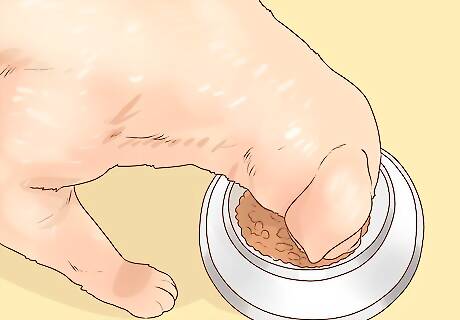
Bring food to the mother dog. Place food near the mother dog so that she doesn't have to leave the puppies to eat. Many new mothers don't want to leave their puppies to eat, so they abstain from eating for too long after giving birth. However, you can allow your dog to wait a little while to eat. Most dogs that give birth wait a few hours to eat. They need to rest and recover a bit from the whelping before attempting to eat.
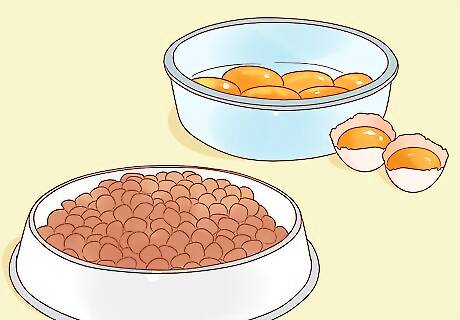
Give highly palatable foods. If your mother dog is hesitant to eat dog food right after birthing puppies, you can choose to give it high-calorie foods it can't resist instead. This could be specific treats that you know it loves or adding an egg yolk or lard to its normal food. To make food even more palatable, try soaking it in chicken broth and microwaving it so it's warm.
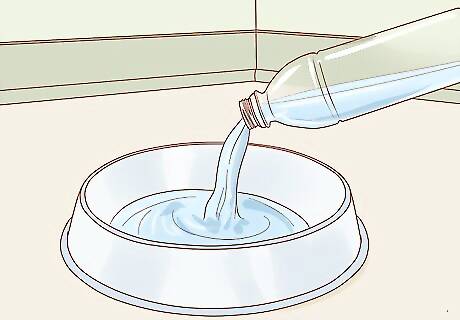
Provide liquids immediately. A dog that has given birth will have lost a lot of fluids during that process. Because of this, you want to get her to drink some water as soon as possible afterword. This will help to avoid dehydration. If she doesn't want to drink plain water, try giving her a bit of chicken broth to drink. This may be more enticing to the dog than water is.
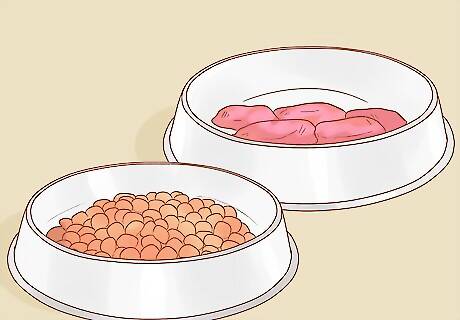
Feed the mother dog more food than normal. A dog that has given birth and is breastfeeding its puppies will need to eat more food than it normally would. In fact, most dogs should be fed twice as much food as normal after they give birth. If you don't give it enough food, it won't be able to recover from whelping and feed its babies. This food should be fed in small meals throughout the day, instead of just a few large meals. This will help your dog digest the food easier. Refer to the back of your dog's food bag to see what the manufacturer recommends for pregnant or nursing dogs.
Feeding and Hydrating a Dog That is Nursing Puppies
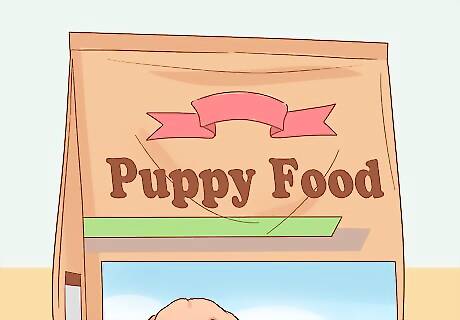
Transition the mother dog on to puppy food. Puppy food is high in calories and it is highly digestible. This means that the mother can absorb the nutrients in the food quickly. Feeding the mother dog puppy food also assures that the puppies she is feeding get the proper nutrition. Feed the mother dog the food amount suggested on the puppy food packaging, but make sure to give multiple meals throughout the day or just let the dog graze on the food constantly. In order to avoid stomach upset, mix the puppy food with the dog's normal food for the first 3-4 days. This will help the mother dog to adjust to the puppy food gradually.
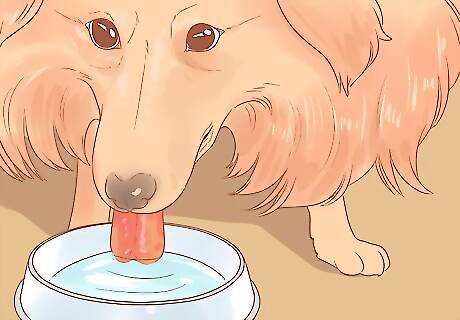
Make sure the mother dog is drinking lots of water. A dog that is breastfeeding needs to drink a lot of liquid in order to produce enough milk. Make sure that the mother dog has constant access to water while she is nursing her young. You should be particularly vigilant about monitoring how much water your dog is drinking if she is being fed a dry diet.
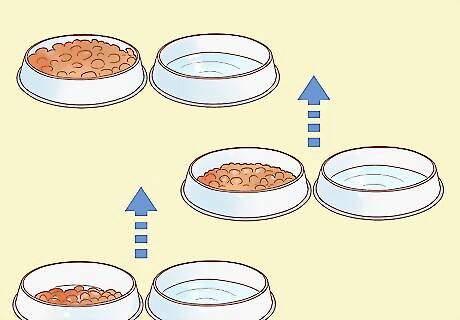
Increase the amount you feed the mother dog for several weeks. Your mother dog will need to increase the amount of milk it produces over several weeks after giving birth. It will be at peak milk production around three weeks after giving birth. At this point it will also need to be eating up to four times as much food as it did before pregnancy. This food should be spread out over at least four meals throughout the day. This will help her to digest this increased amount of food.
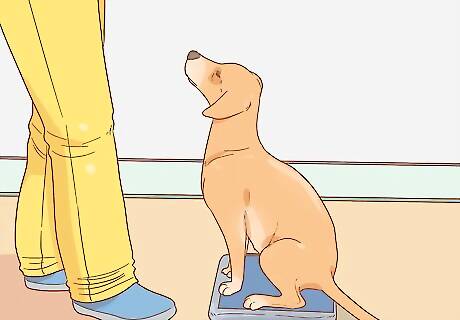
Monitor the mother dog's weight. A mother dog that is nursing puppies is at risk of losing too much weight. If she is not taking in enough calories to keep up with the milk production, her body will use reserves that can lead to unhealthy weight loss. In order to avoid this, make sure that your dog has not lost more than ten percent of its original weight before pregnancy. If your dog has lost too much weight you need to increase the fat and protein content of the food you are feeding it, as well as increasing the amount it eats.



















Comments
0 comment